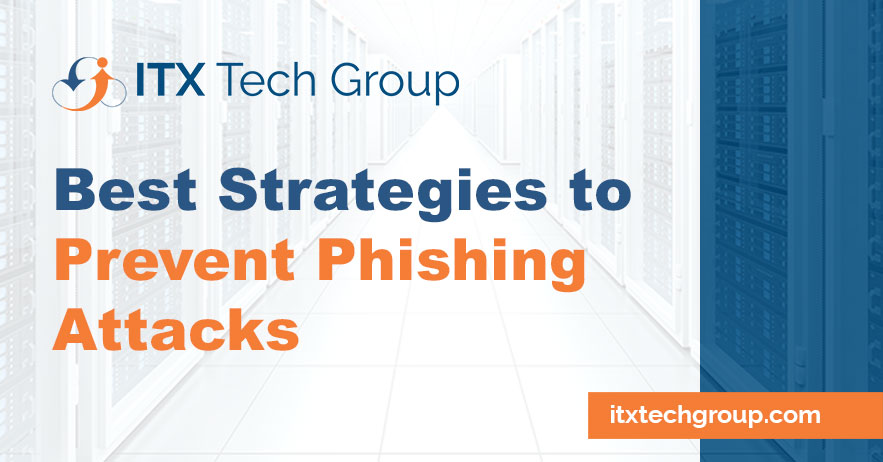Phishing attacks have become one of the most prevalent and dangerous cyber threats facing businesses today.
Cybercriminals use deceptive tactics to trick employees into divulging sensitive information, leading to data breaches, financial losses, and reputational damage. Protecting your business from phishing attacks is essential to maintain a secure digital environment.
In this article, we’ll explore effective strategies that businesses can implement to prevent phishing attacks and safeguard their valuable assets.
Employee Education and Training
The first line of defense against phishing attacks is a well-informed and vigilant workforce.
Conduct regular cybersecurity training sessions to educate employees about the different types of phishing scams, including email, smishing (SMS phishing), and vishing (voice phishing).
Teach them how to identify suspicious emails or messages, recognize phishing red flags (e.g., misspellings, unknown senders, urgent requests), and avoid clicking on suspicious links or downloading attachments from unknown sources.
Implement Multi-Factor Authentication (MFA)
By implementing multi-factor authentication (MFA) across all business accounts and systems, you add an extra layer of protection against unauthorized access.
MFA requires users to provide additional verification, such as a one-time code sent to their mobile device, in addition to their password.
This significantly reduces the risk of attackers gaining access to sensitive information, even if they manage to obtain login credentials through phishing attempts.
Secure Your Network
Ensure that your business network is well-secured with robust firewalls, intrusion detection systems, and up-to-date antivirus software.
Regularly update security patches and firmware to address any vulnerabilities. Additionally, segment your network to limit access to sensitive data, and restrict access to critical systems only to authorized personnel.
Email Security Measures
Invest in advanced email security solutions that can identify and block phishing emails before they reach employees’ inboxes.
Email filtering tools can detect malicious links, attachments, and suspicious content, providing an additional layer of protection against phishing attacks.
Enable sender authentication protocols, such as DMARC, SPF, and DKIM, to prevent email spoofing.
Conduct Regular Phishing Simulations
Simulate phishing attacks internally to assess your employees’ susceptibility to such threats.
These simulated attacks can help identify weaknesses in your organization’s security posture and provide valuable insights into areas that need further training and reinforcement.
Monitor Web Traffic
Deploy web traffic monitoring tools to identify and block access to known malicious websites. Implement real-time alerts for unusual or unauthorized activities on your network, enabling rapid response to potential security breaches.
Encourage Reporting of Suspicious Activity
Create a culture of security awareness within your organization by encouraging employees to report any suspicious emails, messages, or incidents they encounter.
Establish a clear and accessible reporting process, and ensure that employees understand that reporting such incidents is crucial to maintaining the security of the business.
Regular Security Assessments
Conduct regular security assessments and penetration testing to identify vulnerabilities in your systems and networks proactively. Address any weaknesses promptly and establish a robust incident response plan to mitigate the impact of potential breaches.
Conclusion
Preventing phishing attacks is an ongoing and collective effort that requires continuous education, robust security measures, and a proactive approach to cybersecurity.
By prioritizing employee education, implementing strong security measures, and fostering a culture of vigilance, businesses can significantly reduce the risk of falling victim to phishing attacks.
Remember, investing in prevention is the key to protecting your business from the potentially devastating consequences of a successful phishing attack.
Connect with us for a free consultation to discuss your business technology needs. We’ve been serving small, medium, and large businesses with their IT support needs all over the United States since 2011, so we’re confident we can provide you with affordable, professional IT solutions for years to come!

